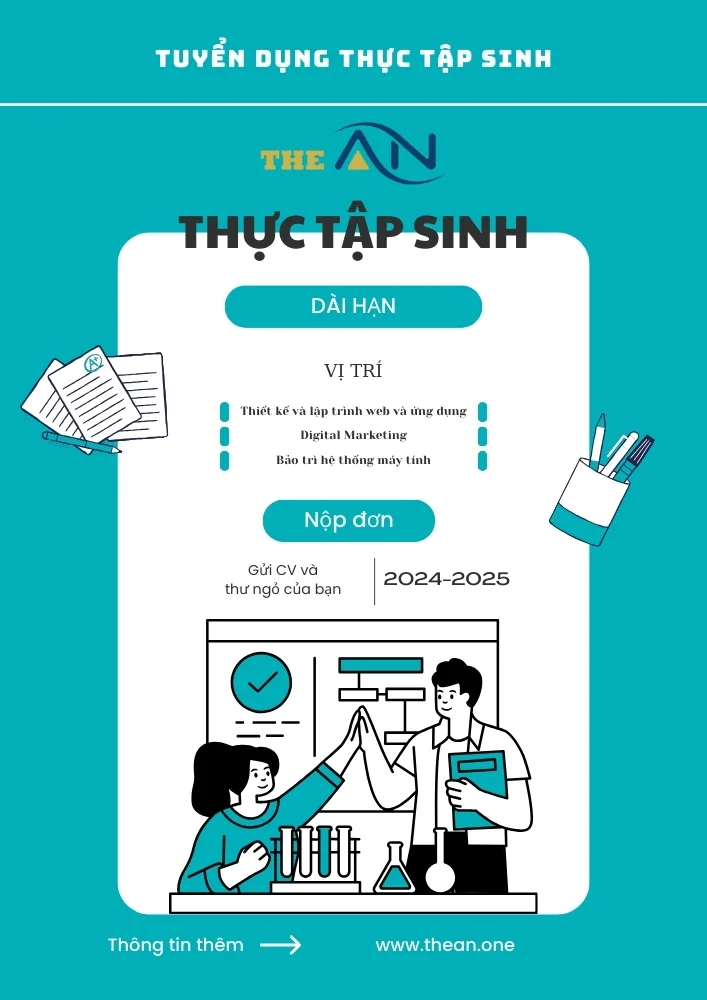Auxiliary Verbs: Definition, Examples & List

Auxiliary verbs are needed to make our sentences more exciting and impressive. Auxiliary verbs are the first step in forming a complete sentence. When used with the main verb, auxiliary verbs finish sentences. Using auxiliary verbs is about expressing your feelings, making a statement, asking a question, or giving a command. In this article, we will see about auxiliary verbs, who uses them, and how to use them in English.
What is an Auxiliary Verb?
A verb that uses a helping verb along with a main verb in a sentence is known as an Auxiliary verb. It is used to express moods, voice, and tense. For example, “I have finished my homework” In this sentence “have” in “I have finished my homework” functions as an auxiliary verb. Specifically, it is functioning as a helping verb to form the present perfect tense.
Auxiliary Verb Definition
The auxiliary verbs are the connecting words that show the relation between a subject or object and another subject, noun, or verb. It is a passive action word that describes an action done by someone else to do something. A helping verb adds functional or grammatical meaning to another verb in a phrase. Helping verbs are for expressing tense, aspect, and modality.
Types of Auxiliary Verbs
Auxiliary verbs and modal-aiding verbs are the two primary categories of helping verbs:
1. Primary Auxiliary Verbs
Helping verbs, commonly referred to as auxiliary verbs, are used in sentences to support the primary verb. Examples of auxiliary verbs include “be,” “do,” “have,” “will,” “shall,” “may,” “can,” “must,” “ought,” “should,” “could,” and “would.” They indicate tense, aspect, mood, and voice and form questions, negatives, and passive structures. Primary auxiliary verbs include “to be” and “to have.” They are used to indicate tense, voice, and mood. The verb “to be” forms the simple present, simple past, and present perfect tenses.
List of Primary Auxiliary Verb
Auxiliary verbs, also known as “helping verbs,” are used in combination with a main verb to add meaning to the sentence. Here are some examples of auxiliary verbs:
- “I am walking to the store.” In this sentence, “am” is the auxiliary verb.
- “She has finished her homework.” In this sentence, “has” is the auxiliary verb.
- “We will be going on vacation next month.” In this sentence, “will be” is the auxiliary verb.
- “He could have studied harder for the test.” In this sentence, “could have” is the auxiliary verb.
- “They are going to the party tonight.” In this sentence, “are going to” is the auxiliary verb.
- “I should have been more careful.” In this sentence, “should have been” is the auxiliary verb.
- “The children were playing in the park.” In this sentence, “were” is the auxiliary verb.
- “She must finish her project by tomorrow.” In this sentence, “must” is the auxiliary verb.
- “I might have seen him at the concert.” In this sentence, “might have” is the auxiliary verb.
- “He is still sleeping.” In this sentence, “is” is the auxiliary verb.
Examples of Auxiliary Verbs
Below is a compilation of auxiliary verbs suitable for use in conjunction with primary verbs to fulfill various auxiliary functions:
- Might
- Has
- Will
- Could
- Should
- Shall
- Must
- Do
- Would
- Are
- May
- Had
- Ought to
- Am
- Was
- Were
- Can
- Need
- Is
- Did
Primary Auxiliary Verb Examples in a Sentence
- She had been studying all night.
- He could not finish the task.
- I must go now.
- She should have done it.
- We may go to the movies.
2. Modal Verbs
Modal verbs are auxiliary verbs that express many meanings, such as probability, necessity, obligation, permission, and ability. They are one of the essential components of English grammar and can be used to express various meanings. Each of these verbs has a different purpose and usage, so it is necessary to understand the nuances of each one.
List of Modal Verbs
Modal verbs are an essential part of English grammar and express many meanings. Therefore, it is crucial to understand the nuances of each modal verb and how to use them correctly in your writing.
- Can is for expressing possibility, permission, or ability. For example, “I can speak Spanish.” In this sentence, can is saying the speaker’s ability to speak Spanish.
- Could is a polite way to express prior potential or ability. For example, “I could speak Spanish as a child.” This sentence could tell the speaker’s past ability to speak Spanish.
- May is a word used to indicate possibility or permission. For example, “May I have a cookie?” This sentence is for asking for permission to have a cookie politely.
- Might is for expressing possibility or a polite request. For example, “You might want to try this new restaurant.” This sentence might say the likelihood that the listener might want to try the new restaurant.
- Must is used to express necessity or strong obligation. For example, “You must obey the law.” This sentence must say the vital duty to obey the law.
- Ought to is used to express obligation or advice. For example, “You ought to study more.” This sentence is to advise you to study more.
Modal Verb Examples in a Sentence
- I can speak Spanish.
- You might want to try this new restaurant.
- You must obey the law.
- You ought to study more.
- May I have a cookie?
How to Use Auxiliary Verbs with Examples?
It is essential to use auxiliary verbs correctly to communicate effectively. For example, when using modal auxiliary verbs, it is necessary to remember that the base form of another verb follows them. Additionally, when using primary auxiliary verbs, it is essential to remember that they are used to form certain verb tenses. Lastly, when using semi-auxiliary verbs, it is critical to remember that they are used to express a range of ideas. Therefore, you can communicate more effectively and accurately by understanding and correctly using auxiliary verbs.
Example:
- Tense: I have been studying for the test all week. (The auxiliary verb “have been” expresses the present perfect tense.)
- Mood: She might go to the movies tonight. (The auxiliary verb “might” expresses a possibility.)
- Voice: The report must be completed by tomorrow. (The auxiliary verb “must” is used to express obligation.)
List of Auxiliary Verbs of All Tenses
English has three primary auxiliary verbs: be, have, and do. Each has a conjugation in the Present tense, Past tense, and Future tense.
- “be” (am, is, are): I am reading.
- “do” (does, do): He does his lunch.
- “have” (has, have): They have lunch.
- “be” (was, were): She was running.
- “do” (did): We did our best.
- “have” (had): He had a great time
- “will”: I will call you later.
- “shall”: We shall meet tomorrow.
- “be going to”: They are going to travel.
These are some of the examples of auxiliary verbs that are used in tenses. Also, remember that the forms of the auxiliary verbs may change and also depends on the subject and tense of the sentence.
Check Your Understanding of Auxiliary Verbs
1. The baby ______ a blanket.
a. has
b. am
c. are
2. The dog ______ an injury, but now he’s okay.
a. is
b. had
c. will
3. ______ you come with me to the hospital?
a. has
b. had
c. will
4. It ______ be what you wished for. Open it.
a. Could
b. is
c. have
5. Sheena ______ finished this in an hour.
a. is
b. can
c. have
FAQs on Auxiliary Verbs in English
A auxilliary verb used in forming the tenses, moods, and voices of other verbs.
When used in a sentence, auxiliary verbs provide a supporting role behind the primary verb. They’re to create complex grammatical tenses, like the perfect and continuous ones, which show different aspects of a time or how long an action takes.
Some examples of auxiliary verbs include am, is, were, were, will have, has had, may, might, can, could, shall, should, must, ought to, would, etc.
Auxiliary verbs are essential because they provide the grammatical structure necessary for a sentence to make sense. In addition, they can express a variety of tenses, such as past, present, and future, and they can also convey various nuances, such as modality, aspect, and voice.
Quý anh/chị đang tìm kiếm một doanh nghiệp uy tín cung cấp dịch vụ Công Nghệ Thông Tin như Thiết kế và lập trình website, Digital Marketing, hoặc dịch vụ Bảo trì và chăm sóc hệ thống máy tính, ...? Đừng ngần ngại hãy liên hệ với The ÂN qua số điện thoại (+84).326.418.478 để được tư vấn cụ thể, hoặc liên hệ qua mẫu tin.
Các thông tin nổi bật khác:









